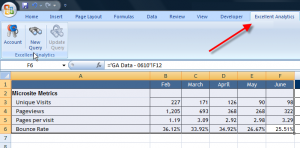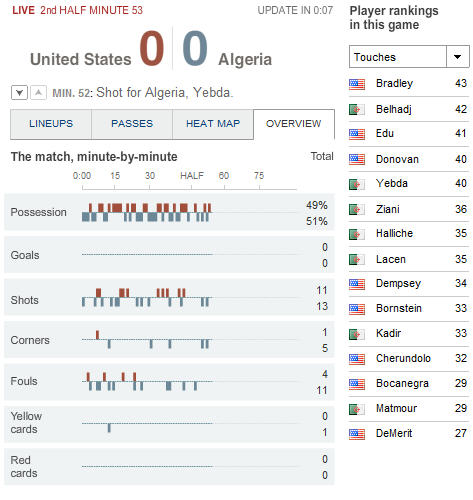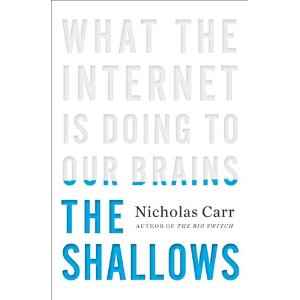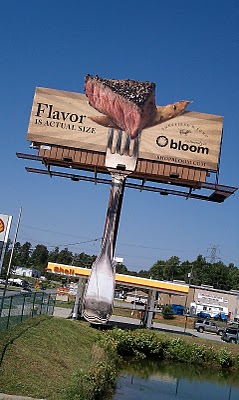As co-host of Milwaukee Likemind (search for #MKElikemind on Twitter), I never fail to enjoy the presentations. True, I help to choose the content … but take my word for it. I’m also constantly surprised by the fascinating twists and unexpected tangents these conversational events take.
 Haven’t you waited long enough to check one out? Here’s the information on next Friday’s event, from the MKE Likemind Posterous blog:
Haven’t you waited long enough to check one out? Here’s the information on next Friday’s event, from the MKE Likemind Posterous blog:
Jim Raffel, CEO of ColorMetrix Technologies and blogger at JimRaffel.com, has some big ideas on how to improve your blog. At least, he has formulated and put into practice many ways to improve his own blog, and he has offered to share with you some of the best. Jim will be speaking at the July 16, 2010 Milwaukee Likemind, starting at 7:00 AM. …
Even if you do not currently have a blog, or manage a blog for your business, Jim’s message is one you should hear. That includes:
- If you don’t have a blog now, considering getting one
- Consider your blog a way to advance your personal brand
- The blog as an “ongoing job interview”
“Twitter is great, but it’s microblogging. It gives you a chance to say what you’re thinking. But it doesn’t represent rich  ideas or insights” Jim said. “Your blog is where you can drive people to find out more about you.”
The event will be held at Bucketworks, 706 5th St., Milwaukee, just north of National Avenue. Here’s a map.
If you’ve heard Jim Raffel speak, you know what an engaged and exciting speaker he is. His blog is a new one that I’m following, and I’m finding the content valuable and well presented.
I hope to see you in a week!








